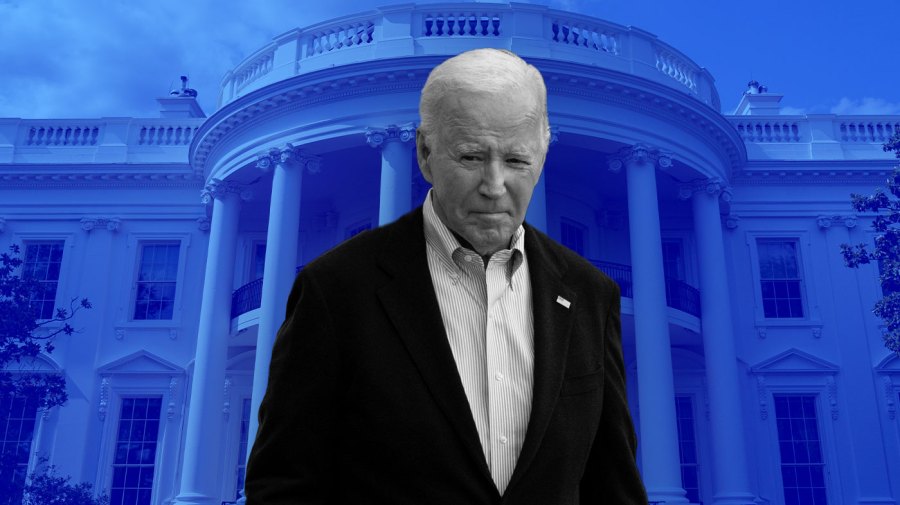
Tether’s USDT is responsible for the majority of the growth in the overall supply of stablecoins, but competition is heating up.

Ethereum is home to the most amount of stablecoins at almost $80 billion with Tron coming in second place at $60.7 billion
(Shutterstock)
Posted November 19, 2024 at 4:25 pm EST.
The supply of stablecoins – tokens designed to stay pegged to the value of another asset, typically the U.S. dollar – reached a record high on Tuesday, boosting the liquidity of the crypto industry.
Liquidity refers to the ease with which a trader can buy or sell an asset, such as a cryptocurrency, without substantially impacting the asset’s price.
Since Election Day, the market cap of stablecoins has increased by roughly $10 billion from $164.8 billion to $174.7 billion at presstime, representing a 6% increase in the period, data from blockchain analytics firm Artemis shows.
Read More: Andy Barr’s Pitch for Financial Services Committee Chair Reaffirms Support for Crypto

“Stablecoins are one of the few aspects of the onchain economy that have indisputable product market fit. They are globally accessible, transactions are instantaneous, and they offer lower fees for their usage than you see in TradFi,” wrote Alexander Cutler, a core contributor of decentralized exchange Aerodrome, in a Telegram message. “When you offer a better product, adoption is just a matter of time.”
Cutler also mentioned that stablecoins offer holders the ability to engage in various onchain activities, such as lending, providing liquidity, and positioning themselves for potential market rallies in the future. “The great thing about stables is that there is so much composability,” added Cutler.
Read More: BONKDAO Burns $4 Million Worth of Tokens Ahead of Quest to Cut Supply by 1 Trillion Tokens
Competitors Come for the Heavyweight
Tether, the provider of USDT, is responsible for the vast majority of the growth in the stablecoin supply, as the amount of USDT circulating has increased by $7.6 billion since Nov. 5, making up nearly 77% of the new stablecoins entering the crypto ecosystem.
A new all-time high for stablecoin supply comes as Ripple is gearing up to roll out its stablecoin aimed for enterprise use cases such as payments and as Binance announced this week its new product BFUSD, a reward-bearing margin asset for its futures trading users. According to an X post from the team behind Binance Futures early Tuesday, the “rewards will be funded by delta-hedging spot and futures positions to receiving funding fee income, as well as rewards from staking.”
The reward mechanism of Binance’s BFUSD is similar to synthetic dollar USDe, the flagship product of Ethena, which has seen incredible growth. With Binance Labs as an investor, Ethena Labs, the software firm behind USDe has seen the market cap of its token, which is designed to stay pegged to the U.S. dollar, increase to $668 million since Election Day, representing a 24% increase from $2.8 billion to about $3.5 billion at presstime.
Despite the rise in stablecoin supply, Aerodrome’s Cutler argues that the increase of in the amount of stablecoins is just beginning. “Their growth has just begun as it seems clear that their use on blockchains have the ability to disrupt traditional payment networks,” Cutler said. “In particular, the rails now exist to deliver superior FX experiences to consumers and instructions, a market opportunity that can be valued in trillions.”







